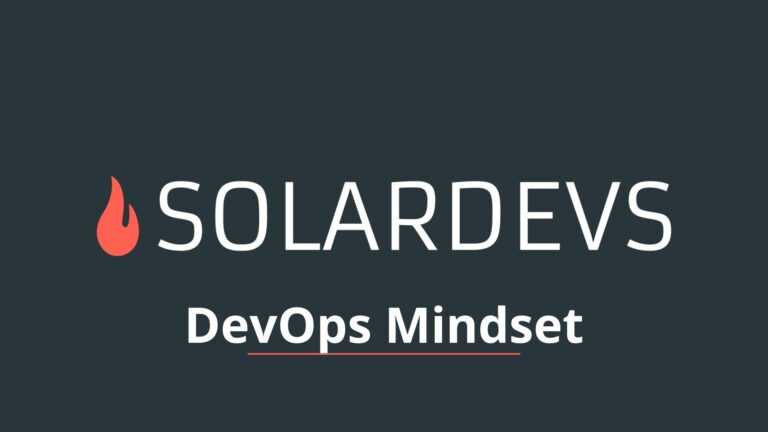Introduction
Software development teams often struggle with collaboration. Good processes and standard practices can help, but implementing them is easier said than done. In this blog, we’ll explore strategies and tools to help your team work more efficiently and effectively.
1. Set Clear Goals and Metrics
Setting clear goals and metrics helps in tracking progress and identifying areas for improvement. Using tools like JIRA, Trello, or Asana can help in defining and tracking these metrics.
- Key Practices:
- SMART Goals: Ensure goals are Specific, Measurable, Achievable, Relevant, and Time-bound.
- KPIs: Define key performance indicators (KPIs) to measure productivity, such as code churn, deployment frequency, and lead time for changes.
- Regular Reviews: Conduct regular reviews to assess progress and adjust strategies as needed.
2. Implement Agile Methodologies
Adopting Agile methodologies like Scrum or Kanban or Waterfall can help development teams become more adaptive and responsive to change while maintaining a clear objective. Agile promotes collaboration, flexibility, and iterative progress.
- Key Practices:
- Daily Stand-ups: Short, focused meetings to align on progress and address impediments.
- Sprint Planning: Breaking down tasks into manageable sprints to maintain steady progress.
- Retrospectives: Regularly reviewing what worked well and what didn’t to foster continuous improvement.
3. Collaborative Culture
Encouraging a collaborative culture within your team can lead to better problem-solving and innovation. Tools like Slack, Microsoft Teams, and JIRA can facilitate communication and project management.
- Key Practices:
- Open Communication: Promote an environment where team members feel comfortable sharing ideas and feedback. Ideally this should be publicly visible in your organization so everyone can contribute.
- Pair Programming: Two developers work together at one workstation, enhancing code quality and knowledge sharing.
- Code Reviews: Regular peer reviews to ensure code quality and catch potential issues early. Many teams perform this step before merging code into production (Pull Rrequest Review meeting).
4. Automate Repetitive Tasks
Automation is a key player in the DevOps approach, making processes more efficient and reducing the chances of human mistakes. Prominent tools such as Jenkins, Ansible, and Terraform enable the automation of various tasks including building, testing, deploying, and managing infrastructure.
- Key Practices:
- Continuous Integration/Continuous Delivery (CI/CD): Automate the integration and delivery pipeline to streamline code changes.
- Infrastructure as Code (IaC): Manage and provision computing infrastructure through machine-readable definition files.
- Automated Testing: Implement automated tests to quickly identify and fix issues.
5. Invest in Continuous Learning and Development
Encouraging continuous learning and development helps your team stay up-to-date with the latest technologies and best practices.
- Key Practices:
- Training Programs: Regular training sessions and workshops on new tools and technologies.
- Certifications: Support team members in obtaining relevant certifications.
- Knowledge Sharing: Promote a culture of knowledge sharing through internal Tech talks, Videos, Fuckup nights and internal documentation.
Conclusion
Creating a healthy environment for software development is an iterative process, and take all these steps with a grain of salt. Some tips will work for some teams and some won’t, so feel free to slowly introduce and test them as you see fit.
The first step we recommend is to define KPIs and SMART goals, this way you can measure from day one your improvements, and not just in code output, but quality and performance.
Finallly, here at SolarDevs, we specialize in optimizing development processes by implementing DevOps practices, so feel free to hit us in case you need a personalized consultation.





